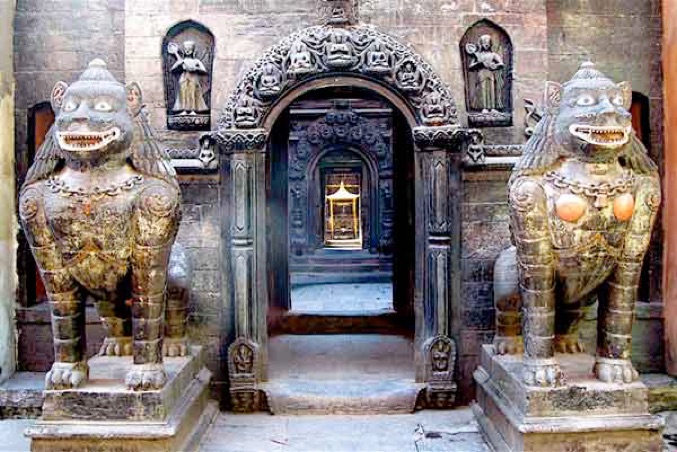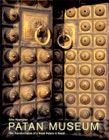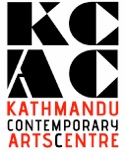A short history of Nepalese Art and the need for KCAC
Countless masterpieces of Buddhist and Hindu art were created by the Newars, the inhabitants of the Kathmandu Valley. The fame of these extraordinary artists travelled to Tibet, Bhutan, India and as far as the court of Kublai Khan*. The valley’s location on the lucrative trade route between northern India and Tibet helped ensure the growth and survival of this rich artistic tradition for a 2,500 year period. This changed in 1850 when Nepal closed its borders to the outside world.
Nepal reemerged from self-imposed isolation, in 1952, to a changed world. India, Pakistan and Sri Lanka had gained independence in 1947, bringing three hundred and fifty years of British influence in South Asia to an end. In 1949 China entered Tibet. Instability continued in the region with the Sino-Indian war in 1962 and the creation of Bangladesh in 1971. Internally Nepal went through many changes in its transition from ancient kingdom to twenty first century republic – monarchy, a multi-party constitution, student demonstrations, pro-democracy protests, economic crisis, chaos, a Royal Massacre and ten years of civil war.
Decades of instability have damaged the central fabric of Nepal’s society. Today’s lack of infrastructure gives little help to artists for the development and growth of contemporary art. There is a need for cultural projects which are sustainable and allow Nepalis to rebuild their own country economically, socially and culturally.
We aim to establish KCAC as a centre for both Nepalese and international artists with world-class exhibitions, workshops, symposia and an active artist exchange programme. KCAC is set to take Nepali art to the next level, to make it a part of a wider canvas connecting with the global art culture. We aim to generate public interest in art - art as part of identity and heritage, as it always used to be.
* Nepal's most profound export was perhaps its architecture; in the 13th century the Nepali architect Arniko travelled to Lhasa and the Mongol capital in Beijing, bringing with him the design of the pagoda, thus changing the face of religious temples across Asia.



